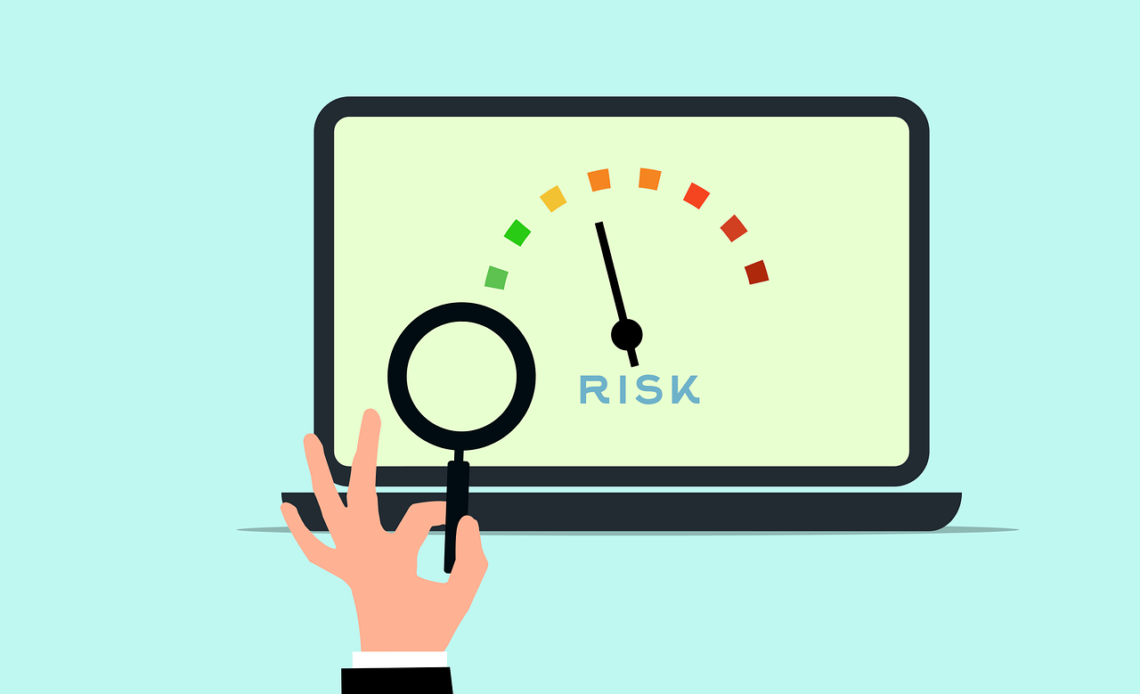Working with abrasive wheels is risky business. But it doesn’t have to be dangerous. Conducting a risk assessment can be the difference between a safe workplace and a severe accident waiting to happen. When done right, an abrasive wheels risk assessment identifies potential dangers, outlines precautions and helps ensure compliance with safety regulations.
Abrasive wheels on grinders or cutting machines can cause harm if mishandled. Risks range from wheel breakage to harmful dust inhalation. A risk assessment considers all these factors, giving workers a safer environment and peace of mind.
Identifying Potential Hazards
The first step in any good risk assessment? Knowing the hazards. With abrasive wheels, dangers come in many forms. Here are the most common:
- Wheel Breakage: Wheels can shatter if misused or if they’re defective. When a wheel breaks, fragments can fly off at high speed, posing a real threat to anyone nearby.
- Flying Particles: Even when a wheel is working fine, it releases tiny fragments. These particles can cause eye injuries or be inhaled, leading to respiratory issues over time. Some materials produce more hazardous dust than others, adding to the risk.
- Contact Injuries: Workers can get cut or suffer more severe injuries if they come into direct contact with a moving wheel. These wheels generate friction heat, too, increasing the chance of burns.
- Improper Use and Maintenance: Many risks come from improper wheel mounting, lack of regular checks or using the wrong wheel for the job. Each abrasive wheel has a specific purpose, speed and compatibility with different machines. Ignoring these factors increases the chances of accidents.
Assessing Risks and Likelihood of Injury
Once the hazards are identified, the next step is evaluating the risks associated with each. Here’s how to break down the assessment process:
- Severity of Hazards: Not all hazards carry the same level of risk. Wheel breakage, for example, poses a higher threat than minor dust inhalation. Evaluating severity helps prioritise which risks to address first.
- Likelihood of Occurrence: Is this hazard likely to happen frequently or only in rare cases? For instance, flying particles are a common risk when using abrasive wheels, while wheel breakage may be less common if the equipment is well-maintained.
- Work Environment Factors: Workers using abrasive wheels in confined spaces face additional risks from dust and particle buildup. The existence of flammable materials can also increase the danger. Humidity, temperature and ventilation affect both wheel performance and user safety.
Implementing Control Measures
Control measures come in when identifying risks and reducing or eliminating them. These measures can include both physical precautions and behavioural practices. Here’s a look at some essential control measures:
- Personal Protective Equipment (PPE): Workers working with abrasive wheels should have safety goggles or face shields to protect their eyes, gloves to protect their hands and even respiratory masks if dust levels are high. Some settings may require full-face shields or specialised respirators.
- Safe Operating Procedures: Clear guidelines on using abrasive wheels can prevent many accidents. Workers should be trained to check wheels before use, ensuring they’re mounted correctly and free of defects. Operators should always follow manufacturer guidelines and use wheels only at their recommended speed.
- Online Safety Training Resources: Many organisations nowadays offer online risk assessment training. This mode of training is convenient and flexible in providing practical knowledge about control measures, often through quizzes and videos. Online training can also save time and make sure workers are on the same page about safety protocols.
- Regular Inspections and Maintenance: Routine checks ensure that wheels are safe to use. This includes looking for wear and tear, ensuring that wheels aren’t chipped or cracked, and verifying that machines are functioning correctly. Regular maintenance keeps equipment reliable and minimises the chance of sudden failures.
Training and Competency Requirements
To ensure safe operations, workers need thorough abrasive wheels training that covers everything from basic safety practices to detailed handling techniques. Here’s what a solid training programme should include:
- Understanding Hazards and Risks: Workers should know the dangers associated with abrasive wheels. This includes recognising potential hazards and understanding why each control measure is necessary.
- Proper Usage: Training should cover proper wheel mounting, safe operating speeds and specific techniques for different types of wheels. A worker who knows how to use a wheel correctly is less likely to make a mistake that leads to an accident.
- Certification Requirements: In many places, workers need certification to operate abrasive wheels. Certification processes offer practical knowledge and online demonstration. Certified operators understand the importance of regular checks, safe handling and adherence to guidelines.
- Emergency Response: Even with all precautions in place, emergencies can happen. Training programmes should include emergency response protocols. Workers should know how to react if a wheel breaks, how to help an injured coworker and how to contain hazardous dust in case of an accident.
Maintaining a Safe Work Environment
Conducting an abrasive wheels risk assessment is about creating a workplace where people feel safe, knowing they’re protected from potential dangers. Regular assessments, thorough training and strict adherence to safety protocols are vital to achieving this goal. With the proper measures in place, the risks associated with abrasive wheels can be managed effectively.
Staying proactive about safety makes a difference. Regularly updated risk assessments keep everyone informed about the latest hazards and new safety methods. And when every team member knows the risks and how to manage them, the entire workplace becomes a safer place.

